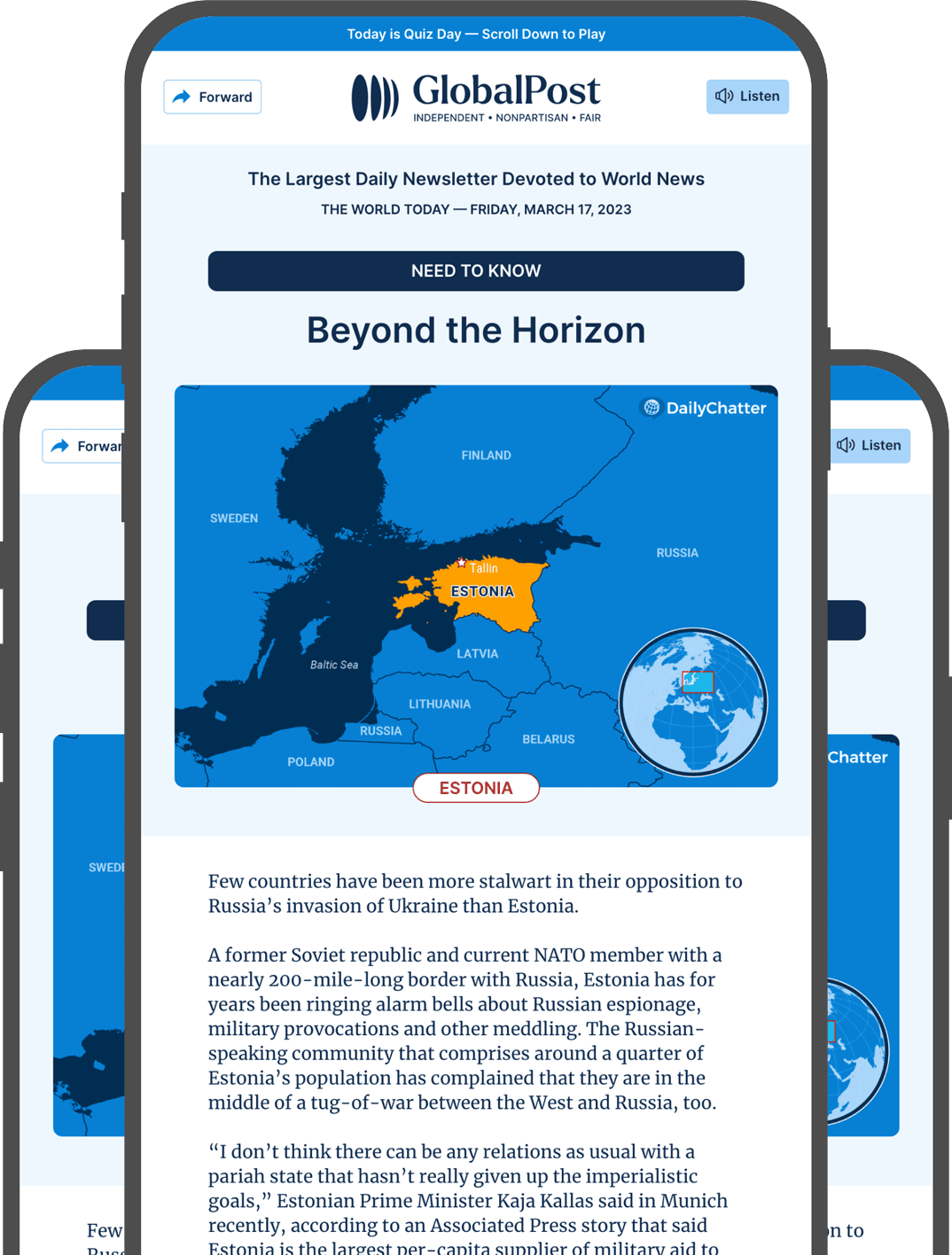Arachnid Farmers
Meal options are pretty limited at the bottom of the seafloor.
That might explain why three species of sea spiders are “farming” their own food.
Scientists say they are even cultivating it in the form of methane-eating microbes directly on their own bodies, according to a new study.
Lead study author Shana Goffredi and her team discovered this novel farming method after they collected the three tiny species – which are very different from terrestrial spiders – from methane seeps off the coasts of California and Alaska.
The marine arthropods are from the Sericosura genus and were found with bacterial colonies coating their exoskeletons, which the authors dubbed as “microbial fur coat.”
But these colonies weren’t just hitching a ride – rather, the spiders and microbes were in a novel symbiotic relationship.
The bacteria would feast on the methane and methanol bubbling from the seafloor, which then would be eaten by the spiders.
“Just like you would eat eggs for breakfast, the sea spider grazes the surface of its body, and it munches all those bacteria for nutrition,” said Goffredi, a biologist at California-based Occidental College, told CNN.
The researchers confirmed this when they traced methane carbon from the microbes into the spiders’ tissues.
They believe that there could be some type of selection process at play, suggesting that the microbial species living on the spider’s exoskeleton are different from the ones found in the environment.
“The spiders are definitely cultivating and farming a very special type of community,” Goffredi told New Scientist.
Sericosura aren’t the first deep-sea organism to rely on methane-powered microbes – tube worms and sponges are known to do the same. But they are the first sea spiders to be observed doing so.
The authors noted that the symbiotic relationship may also play an important role in preventing climate-warming methane from escaping into the ocean or atmosphere.
Meanwhile, Goffredi added that the microbes on the spiders could one day be cultured to reduce water contaminants around the globe.
“While the deep sea feels really far away, all organisms are interconnected – even though they’re small, these animals have a big impact in that environment,” she told CNN. “We can’t ever hope to sustainably (use) the oceans if we don’t really understand the oceans.”
Subscribe today and GlobalPost will be in your inbox the next weekday morning
Join us today and pay only $46 for an annual subscription, or less than $4 a month for our unique insights into crucial developments on the world stage. It’s by far the best investment you can make to expand your knowledge of the world.
And you get a free two-week trial with no obligation to continue.
